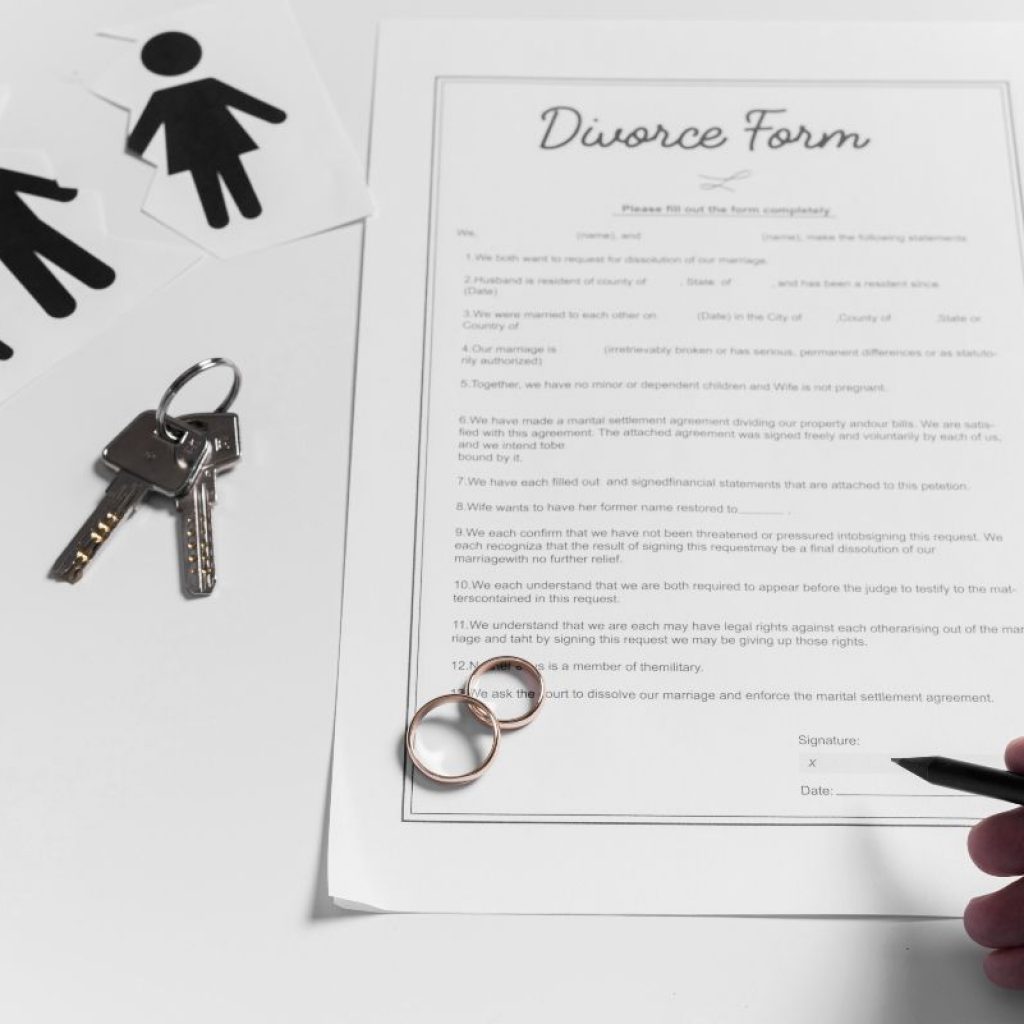Assets distribution is one of the most contentious aspects of each divorce, especially if complex assets are involved. In Illinois (an equitable distribution state), judges consider various circumstances when assigning a fair share of marital property.
Things get even more complicated if you suspect your spouse is hiding assets, attempting to avoid equitable distribution. If you find yourself in a situation involving hidden assets, you need professional help.
An experienced divorce attorney, working with a team of forensic accountants and other financial experts, will help you scrutinize financial records and track assets your spouse might be concealing.
Receiving a fair portion of marital property in a divorce settlement requires a vigilant approach. Below is an overview of typical red flags and the most common methods for uncovering hidden assets.
Warning Signs Your Spouse is Hiding Assets
Disclosing financial information is an integral part of the Illinois divorce procedure. The law requires parties to reveal financial and property-related information using disclosure statements or financial affidavits. Intentionally or recklessly entering inaccurate or misleading information on financial affidavit forms can result in various penalties and sanctions. Despite the grave consequences, one spouse often conceals their assets, compromising fair distribution.
Your attorney will carefully analyze disclosure forms, helping you spot the most common red flags indicating your spouse is hiding assets:
- The expenses surpass the income
If the expenses surpass the income your spouse claimed in the disclosure statement, that may be a warning sign of hiding assets. To ensure your assumption is correct, analyze their debt and see if it fits the equation. Each expense must correspond to income or an appropriate debt in the financial affidavit. If that is not the case, you are dealing with hidden assets.
- The income variations
Another red flag indicating hidden assets are income variations. If your spouse’s income suddenly drops without explanation, it could point to asset hiding. The financial affidavit form should contain information corroborating income variations. For example, lower income can result from switching to another job, which the person filling out the form must explicitly state. Otherwise, you can reasonably suspect your spouse is hiding assets.
- Undervaluing assets
The divorce disclosure statement contains a section in which spouses must specify their assets (cash, investments, real estate, motor vehicles, business interests, etc.). You must designate the value and enter the valuation date for each asset. A reliable sign of asset hiding is when property in the disclosure form has a lower claimed value than you know (or believe) it has.
- Rushing the divorce process
This red flag is non-related to disclosure statements. It aims at distracting your attention from financial documents. If your spouse is urging you to sign divorce papers and skip the scrutinizing process, you can be sure they are hiding something. Rushing the divorce process is an additional reason to be increasingly vigilant.

Discovering Hidden Assets During Divorce
Detecting the warning signs your spouse is hiding assets from you during divorce is just the beginning. You need to know where to look for assets put off the table. Here are some typical methods for discovering hidden assets.
- Tax returns. Start with analyzing tax returns. It is the most reliable method of revealing almost any attempt to hide assets. Your spouse may conceal cash, investments, and valuable items from you. But they will think twice before trying to do the same with the IRS. Harsh penalties (and even jail time) will convince them to stay truthful when dealing with tax return forms.
- Account statements/canceled checks. Your attorney should scrutinize financial records from all available accounts during the divorce discovery. Searching for canceled checks and account statements can reveal evidence that points to asset manipulation.
- Loan applications. Applying for a loan involves filling out various forms stating all your assets (cash, real estate, investments, etc.). Banks and other loan providers are strict when reviewing applications, making sure provided information is correct. When you search for hidden assets, analyzing your spouse’s loan application is a must.
- Savings accounts. Scrutinizing your spouse’s savings account can reveal an unusual pattern of deposits and withdrawals. If you notice these transactions do not correspond with their income schedule, your spouse may have income sources you do not know.
- Tax assessor’s records. The tax assessor’s office is an irreplaceable resource helping you discover hidden assets. If your spouse used money from a savings account to buy real estate, the tax assessor’s record shows all real property (land or houses) they own, with its taxable value.
- Employer as an accomplice. Sometimes even your spouse’s boss can help them hide assets. They can convince their employer to withhold paying bonuses and other benefits until the divorce is final, reducing the marital property subject to equitable distribution.
- Third-party involvement. If no other traceable evidence is available, consider inquiring about third-party involvement. Your spouse can transfer assets to a close friend, portraying it as a debt. After the divorce is final, the third person will return the money.
Which Spouse is More Likely to Hide Assets?

Theoretically, both partners can hide assets from each other. But one spouse is typically in a better position to manipulate the property. In most marriages, one spouse takes the responsibility of managing the finances. Consequently, they are much more familiar with the couple’s financial situation, which allows them to conceal valuable assets using one of the mentioned methods.
A Trusted Ally in Uncovering Assets
Cooper Trachtenberg Law Group, LLC is an Illinois law firm practicing family law.
Discovering hidden assets can be daunting for everyone except for Cooper Trachtenberg Law Group, LLC professionals. We pride ourselves on being top-notch attorneys well-versed in the most complex accounting and auditing techniques. Our lawyers excel at detecting suspicious transactions aimed at concealing valuable assets and leaving you without your fair share in the marital property division.
Our profound understanding of financial matters helps us work shoulder-to-shoulder with forensic accountants and other experts, helping you trace hidden assets during Illinois divorce.
Please reach out to us today to schedule your consultation.


















